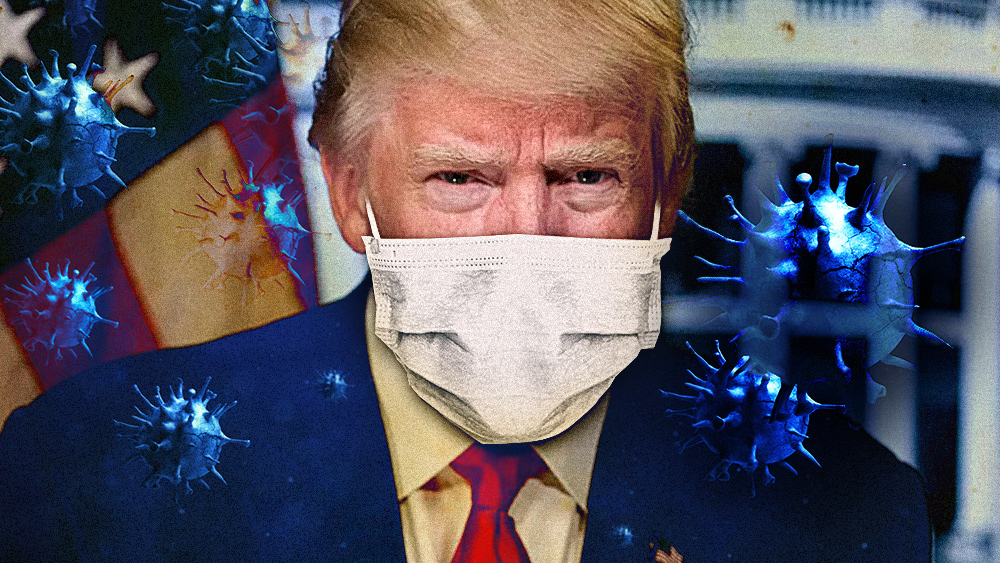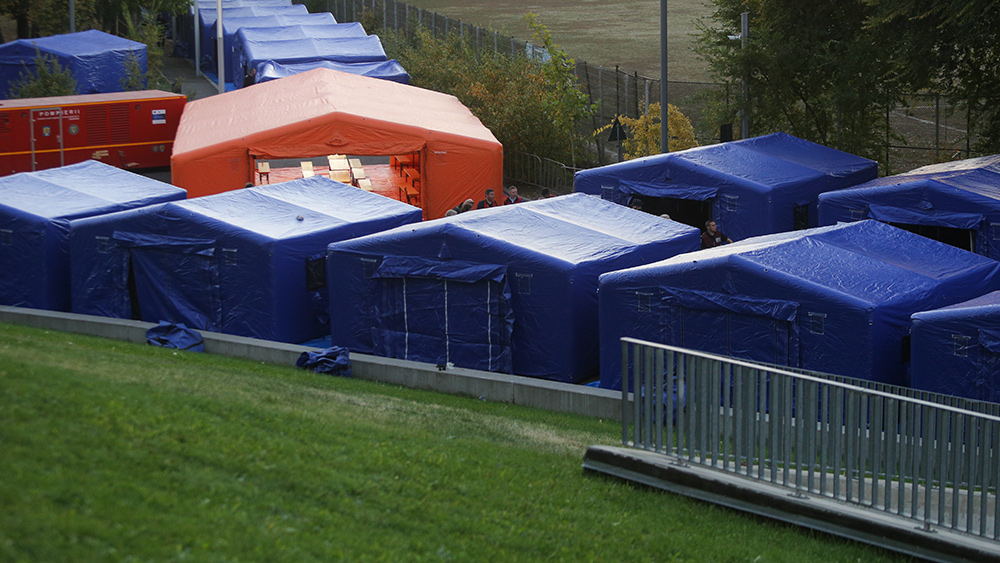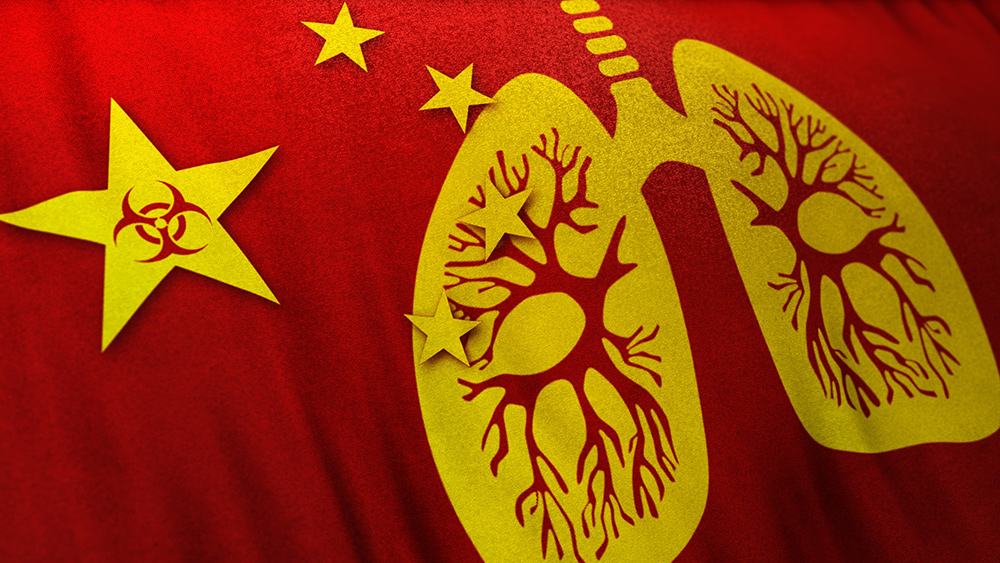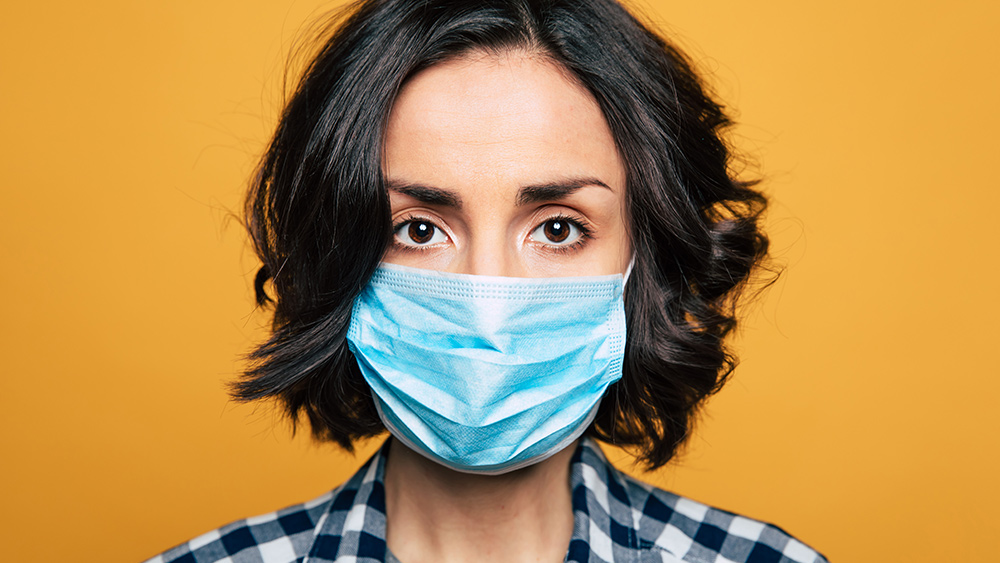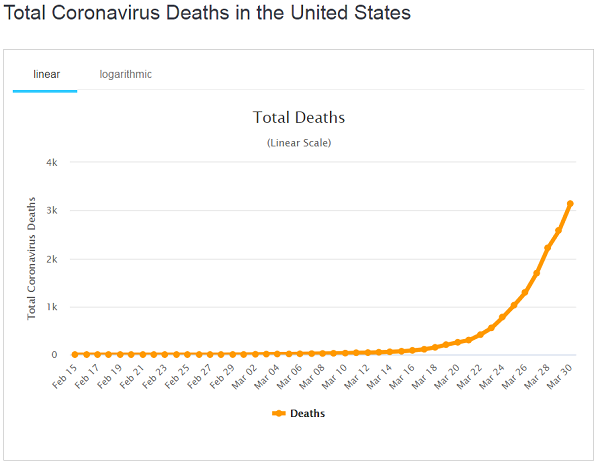Coronavirus spreads through breathing and even just talking
04/05/2020 / By Ethan Huff

A handful of government scientists are claiming that the Wuhan coronavirus (COVID-19) can spread not just by sneezes and coughs, but also by breathing or even just talking in someone’s general direction.
Speaking to CNN about the subject, Dr. Harvey Fineberg, the current chairman of a committee within the National Academy of Sciences (NAS) and former dean of the Harvard School of Public Health, explained how he believes that the virus is transmissible through basically just existing as a normal human being.
“While the current [coronavirus] specific research is limited, the results of available studies are consistent with aerosolization of virus from normal breathing,” reads a letter penned by Dr. Fineberg to the White House.
“I’m not going to wear a surgical mask, because clinicians need those,” he added. “But I have a nice western-style bandana I might wear. Or I have a balaclava. I have some pretty nice options.”
Dr. Anthony Fauci, a prominent member of the White House’s coronavirus task force, agrees. He told CNN that recommending broad use of face masks within the general population is under “very active discussion,” and that President Trump could make this recommendation very soon.
Dr. Fineberg’s letter is a response to a query put forth by Kelvin Droegemeier from the Office of Science and Technology Policy at the White House. It aims to ratchet up restrictions on Americans even further, potentially requiring them at some point to wear face masks in order to go out in public.
“This letter responds to your question concerning the possibility that [coronavirus] could be spread by conversation, in addition to sneeze/cough-induced droplets,” the letter further reads.
“Currently available research supports the possibility that [coronavirus] could be spread via bioaerosols generated directly by patients’ exhalation.”
Listen below to The Health Ranger Report as Mike Adams, the Health Ranger, discusses the true value of money when people are having to live as prisoners under mandatory lockdown:
Fineberg relying on data from China to make these claims
In his letter, Fineberg explained that he came to this conclusion after looking at research out of a hospital in China that claimed the virus was able to suspend itself in the air after doctors and nurses removed their protective gear. It also supposedly lingered even after the floors were clean, or when staff members moved around in a contaminated room.
Research out of the University of Nebraska similarly found that genetic material from the virus supposedly travels more than six feet away from infected patients, this also being included in Fineberg’s letter as evidence of more severe spread than previously believed.
At the same time, Fineberg says that the Wuhan coronavirus (COVID-19) isn’t as infectious as measles or tuberculosis. We also don’t know the maximum potential for how long it can last in the air, seeing as how this is dependent upon various factors such as temperature, the amount of air circulating, and how much of the virus is transferred.
“If you generate an aerosol of the virus with no circulation in a room, it’s conceivable that if you walk through later, you could inhale the virus,” Fineberg contends. “But if you’re outside, the breeze will likely disperse it.”
This applies to respiratory droplets up to 1 millimeter across in size, which gravity will naturally bring down to the ground or surfaces within 1-2 meters of travel. And if people touch these surfaces before touching their eyes, mouth, or nose, they could become infected.
“Our results provide mechanistic evidence that surgical facemasks could prevent transmission of human coronavirus and influenza virus infections if worn by symptomatic individuals,” the NSA panel as a whole concluded.
More of the latest Wuhan coronavirus (COVID-19) news is available at Pandemic.news.
Sources for this article include:
Tagged Under: airborne, breathing, China, Chinese Virus, coronavirus, covid-19, disease, global emergency, Global Pandemic, infection, infections, novel coronavirus, outbreak, pandemic, talking, virus, Wuhan, Wuhan coronavirus

